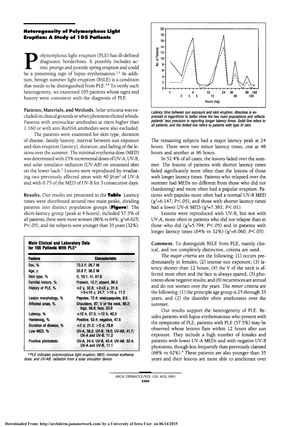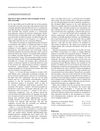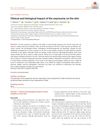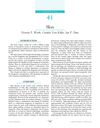Heterogeneity of Polymorphous Light Eruption: A Study of 105 Patients
August 1993
in “
Archives of Dermatology
”

TLDR The study found that polymorphous light eruption varies among patients and can be distinguished from benign summer light eruption by the time it takes for symptoms to appear after sun exposure.
The study examined 105 patients diagnosed with polymorphous light eruption (PLE) to understand its heterogeneity and to differentiate it from benign summer light eruption (BSLE). The patients were assessed for skin type, disease duration, family history, latency between sun exposure and eruption, and the minimal erythema dose (MED) using UV-A, UV-B, and UV-AB radiation. Results showed two main latency peaks at 4 and 24 hours, with 57.5% of patients in the short-latency group, which had a higher proportion of women and younger individuals under 35. Lesions in this group faded more over the summer, and these patients often had lower UV-A MEDs and negative UV-B phototests. The study concluded that PLE is heterogeneous and that patients with short latency times and certain clinical features may be identified as having BSLE, while those with longer latency times may have genuine PLE. The distinction between BSLE and PLE is primarily based on clinical criteria, including latency time, which is a key distinguishing factor.




